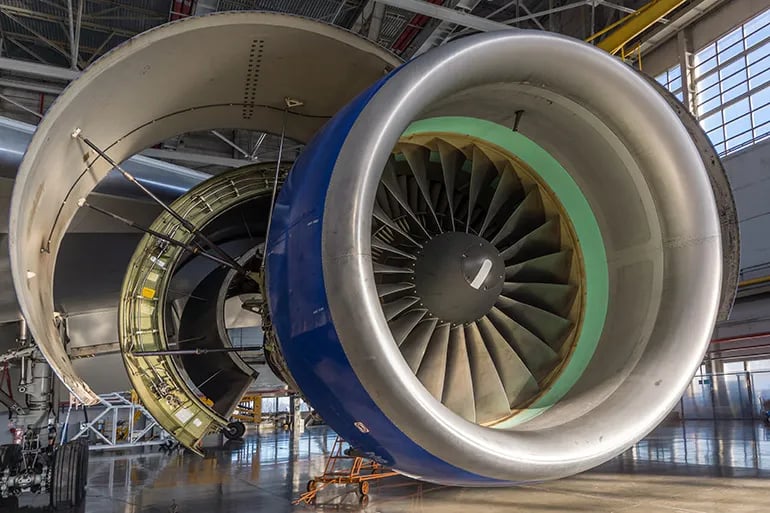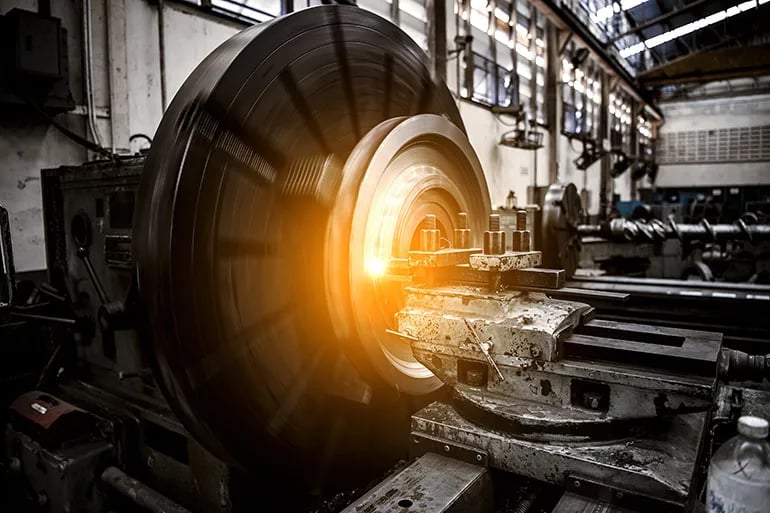Overview of Carbon Graphite in Aerospace
Carbon graphite, a material known for its distinctive combination of strength, lightness, and thermal stability, has become increasingly prominent in aerospace applications. Its rise to prominence in this sector is attributed to a set of physical and chemical properties that align closely with the unique demands of aerospace engineering.
The key properties of carbon graphite that are particularly beneficial in aerospace include its high strength-to-weight ratio, thermal resistance, and minimal thermal expansion. These characteristics are essential in aerospace environments where materials are subjected to extreme temperatures and pressures. The strength-to-weight ratio of carbon graphite is especially valuable. It allows for the construction of components that are both strong and lightweight. This is a critical requirement for optimizing fuel efficiency and overall performance in aircraft and spacecraft.
Carbon graphite has found critical applications in the construction of rotors and vanes. These components are integral to the functionality and efficiency of aerospace systems, where the unique properties of carbon graphite offer substantial benefits.
Improving Pumps and Space Heaters with Carbon Graphite
Space heaters in aerospace applications are crucial for maintaining temperature control within spacecraft. They benefit significantly from the thermal stability and conductivity of carbon graphite. These properties ensure that space heaters can operate efficiently and reliably in the fluctuating temperatures of space. The material's resistance to thermal shock also makes it an excellent choice for heating elements that undergo rapid temperature changes.
In fuel pump systems, carbon graphite plays a vital role due to its chemical inertness and durability. Fuel pumps require materials that can resist corrosion from various types of fuel and additives. Carbon graphite meets this requirement. Its wear resistance also ensures the longevity of fuel pump components. This reduces the need for frequent maintenance or replacement in demanding aerospace environments.

Advantages of Carbon Graphite Over Traditional Materials in Aerospace
The use of carbon graphite in aerospace applications offers several distinct advantages over traditional materials such as metals and alloys. Understanding these benefits is key to appreciating why carbon graphite has become a preferred material in this highly specialized field.
- Superior Strength-to-Weight Ratio
- Enhanced Thermal Stability
- Resistance to Thermal Expansion
- Chemical Inertness and Corrosion Resistance
- Electrical and Thermal Conductivity
- Machinability and Customizability
Wrapping Up - Carbon Graphite Continues to Change the Aerospace Industry
The exploration of carbon graphite's role in the aerospace industry highlights its pivotal contribution to advancing aerospace technology. This article has examined the material's application in crucial components such as rotors and vanes. Specific pieces of equipment such as space heaters and fuel pumps are continually improving thanks to the superior characteristics of carbon graphite.
Carbon graphite's outstanding strength-to-weight ratio, thermal stability, and resistance to thermal expansion and corrosion make it an invaluable material in aerospace engineering. These properties not only enhance the efficiency and reliability of aerospace systems but also open new avenues for innovative design and construction. The material's adaptability to various applications, from structural components to thermal management systems, demonstrates its versatility and indispensability in this field.
Carbon graphite stands as a material that significantly contributes to the advancement of aerospace technology. Its adoption and continued development reflect the aerospace industry's commitment to exploring materials that offer both performance efficiency and design flexibility. As aerospace technology evolves, the role of carbon graphite is likely to expand, reinforcing its status as a key material in the quest for innovation and excellence in aerospace engineering.



